The Beautiful Birds of Queenswood
Thursday 3 December 2020

Hillary Langdon is Visa Coordinator at Queenswood and has worked here for over twenty years. During this time, Miss Langdon, a keen bird watcher, has enjoyed observing the fascinating birds who make our one hundred and twenty acre campus their home. Here she shares the first part of her tribute to some fabulous feathered friends - the beautiful birds of Q.
I have been a lover of wildlife all my life but in particular birds. But I must emphasise that I am not a twitcher. These are rather eccentric people who travel all over the land at a moment’s notice when they receive an alert on their phone that a rare bird has been spotted somewhere in the UK. They are obsessed with crossing off another bird from their “lifer’s list”.
To me, the pleasure of wildlife is that it can lift your mood so much every single day, if you take the time to notice and it really does not matter how often I might see the same bird or butterfly – they all give me the same pleasure. For sure it is a wonderful feeling when you see a particular species of bird for the very first time. I cannot tell you how I felt when I saw my first Kingfisher for instance – a tiny dart of electric blue whizzing across the surface of the river.
I know people might think that bird watchers are a funny breed but a love of the natural world has been my salvation throughout my life. Equally it has been a great source of sadness in recent times with such a decline in many species as a result of the damage we are doing to our planet. It is heart-warming to see how much awareness there is now – particularly amongst the young. Perhaps it is not too late to save so many of the wonderful jewels in the animal and plant kingdom.
Appreciation of nature has been extremely relevant in 2020 during the Covid pandemic when many people have discovered nature and it has really helped their mental health. Anyway, enough wittering on about the plight of the planet but let me take a moment to tell you about some of the lovely birds that you may be able to spot on our beautiful campus at Q. Many of the birds you will no doubt also see in your own gardens in the UK.
Visitors to the Bird Feeders
Some of you may have noticed a bird feeder that I put up many years ago that is located in the bushes opposite Belling. There are peanut feeders and a fat feeder. It seems to be quite popular with the birds and it gives me great joy to spot the different visitors and it also heartens me when I hear that other people at Q enjoy them too.
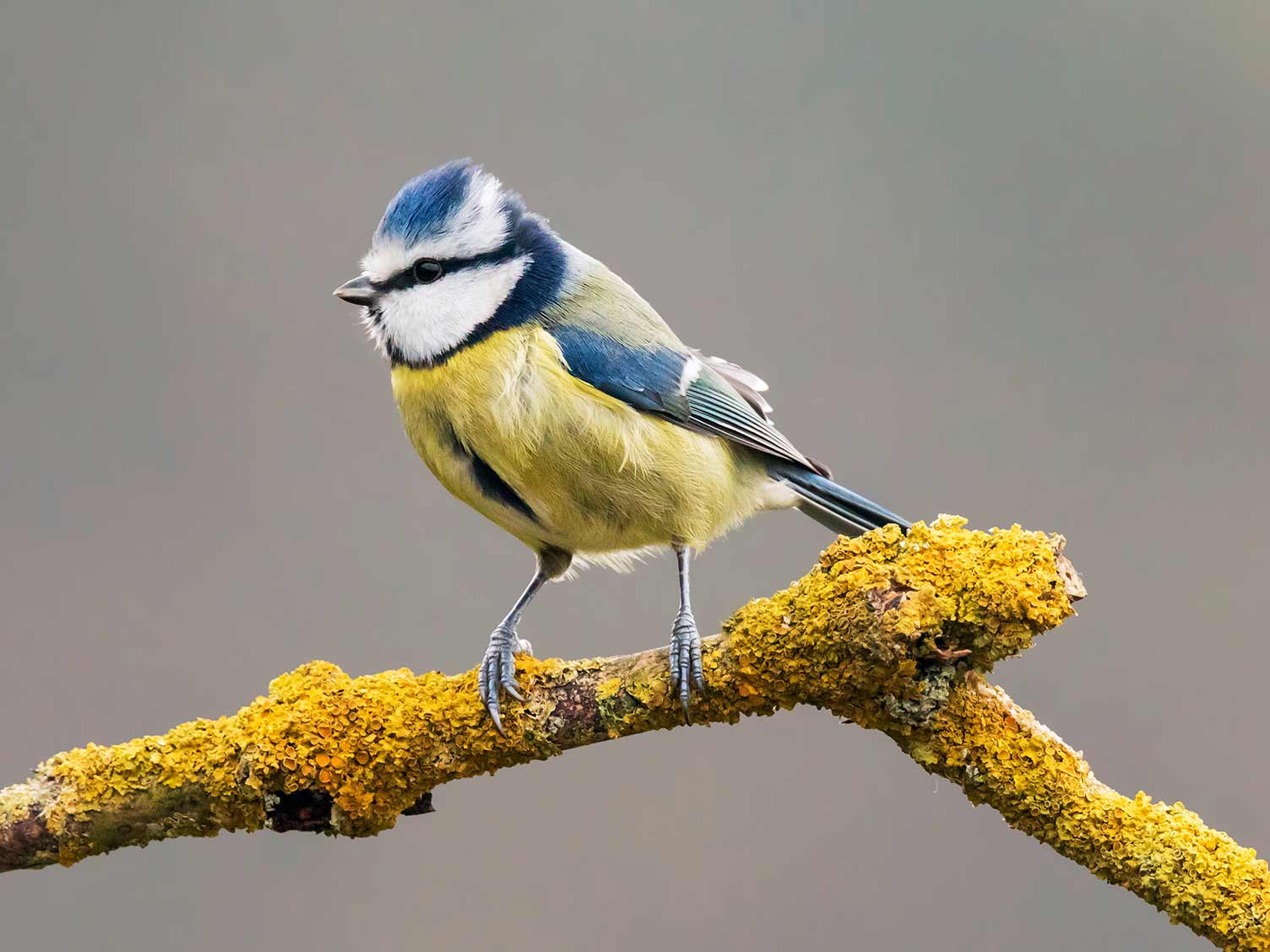
The majority of visitors come from the Tit family – I know a very funny name to give a family of birds! Perhaps the most frequent is the Blue Tit. This little bird is a cheeky member of this particular genus. The males and females are indistinguishable to the human eye (like most of the Tit family) but the birds can perceive wavelengths in the ultraviolet as well as the visible range of the spectrum. So a bird is able to see ultraviolet "colours” in another bird's plumage that humans cannot.
The Great Tit is a slightly larger bird and is a bit of a bully on the bird feeder. The little birds often defer to them when they arrive on the feeder. There is a definite pecking order in the bird world!!
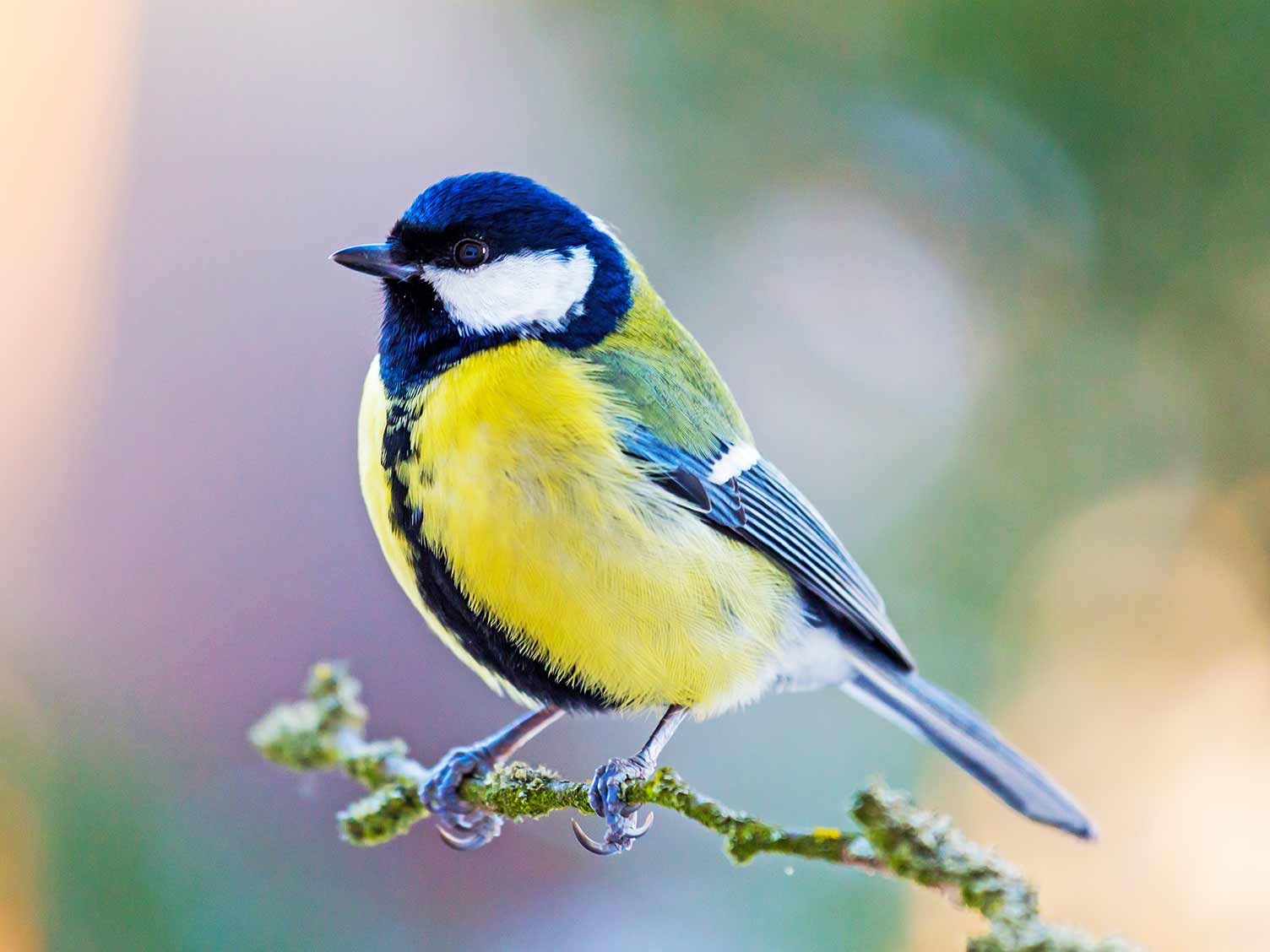
One of the rarest of the Tit family is the Coal Tit, a little black and white bird which is very timid and a rare visitor to the feeder.
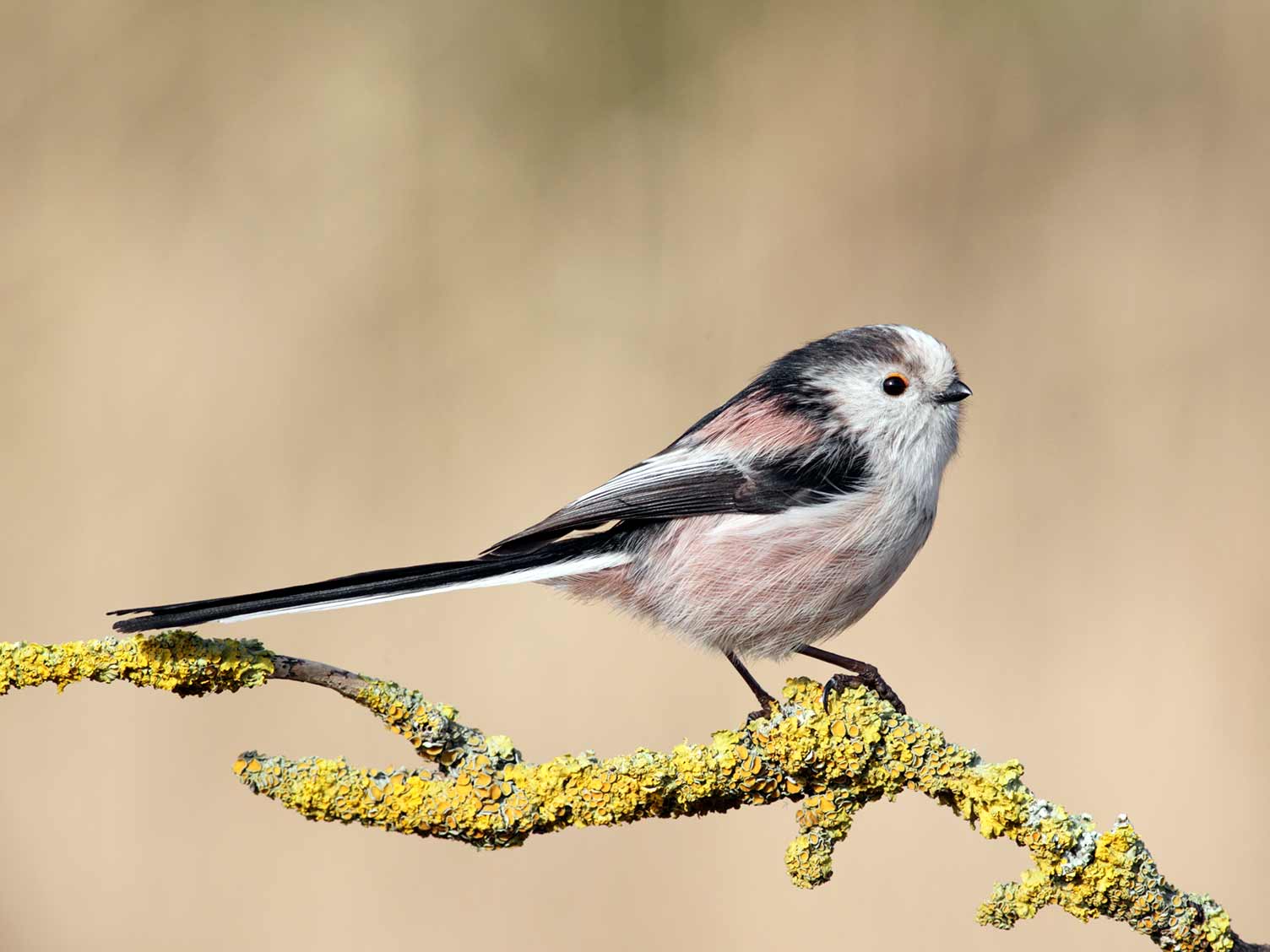
The last of the Tit family is my absolute favourite – the Long-Tailed Tit, and yes you’ve guessed it – this little bird has a very long tail which is actually longer than its body. They are such cute tiny birds with a charming song – I often hear them first before I see them. They are always in groups – a very sociable bird and they only stay on the feeder for very short periods of time before flitting off in a group. They roost together all snuggled up to keep each other warm.
Another rare visitor is the Nuthatch. They are very clever and agile little birds that you often seen on the trunks of trees hiding their food (including nuts from the feeders). They have an amazing ability of going up and down the tree upside down – real acrobats.
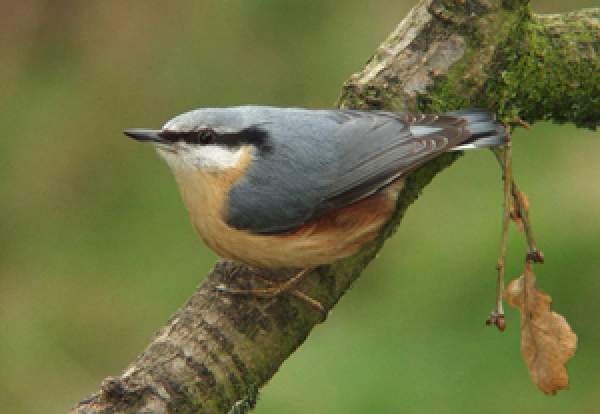
Finally I would like to introduce the biggest and most spectacular (some would argue) – the Great Spotted Woodpecker. It is much easier to spot differences in the male and female of this species. Both male and females have a red batch under their tails but the male also has a large red spot on the back of his neck, the female does not. The funny thing though is the baby woodpeckers have red caps – they look very comical when they are young but the red feathers disappear from their heads when they mature. Who knows why – just another quirk of nature.
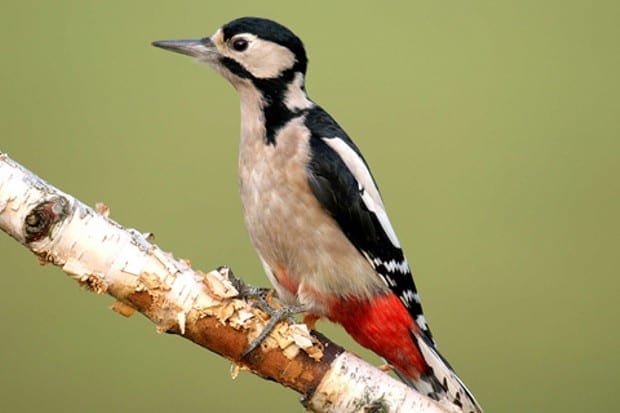
Before I finish about the birds on the feeders themselves, I should mention two species which are quite common garden birds but are not seen on our feeders but that is possibly my fault – something I am going to rectify. Two of my favourite birds belong to the finch family and they are seed eaters – they are not partial to peanuts or fat but much prefer sunflower seeds or niger seeds. I think I am going to add a new feeder the next time I am at Q.
The Greenfinch is a beautiful and very regal bird. The male has a beautiful yellow streak under the wing when he flies. The female is a little less flamboyant but still pretty. That is a very common trait in the bird world. The chaps are the show offs with the fancy plumage and the females are often less colourful and perhaps have plumage that is more suited for camouflage which is important when they rear their young.
But talking of flamboyant, my next mention must be of the Goldfinch – full of bling and no mistake.
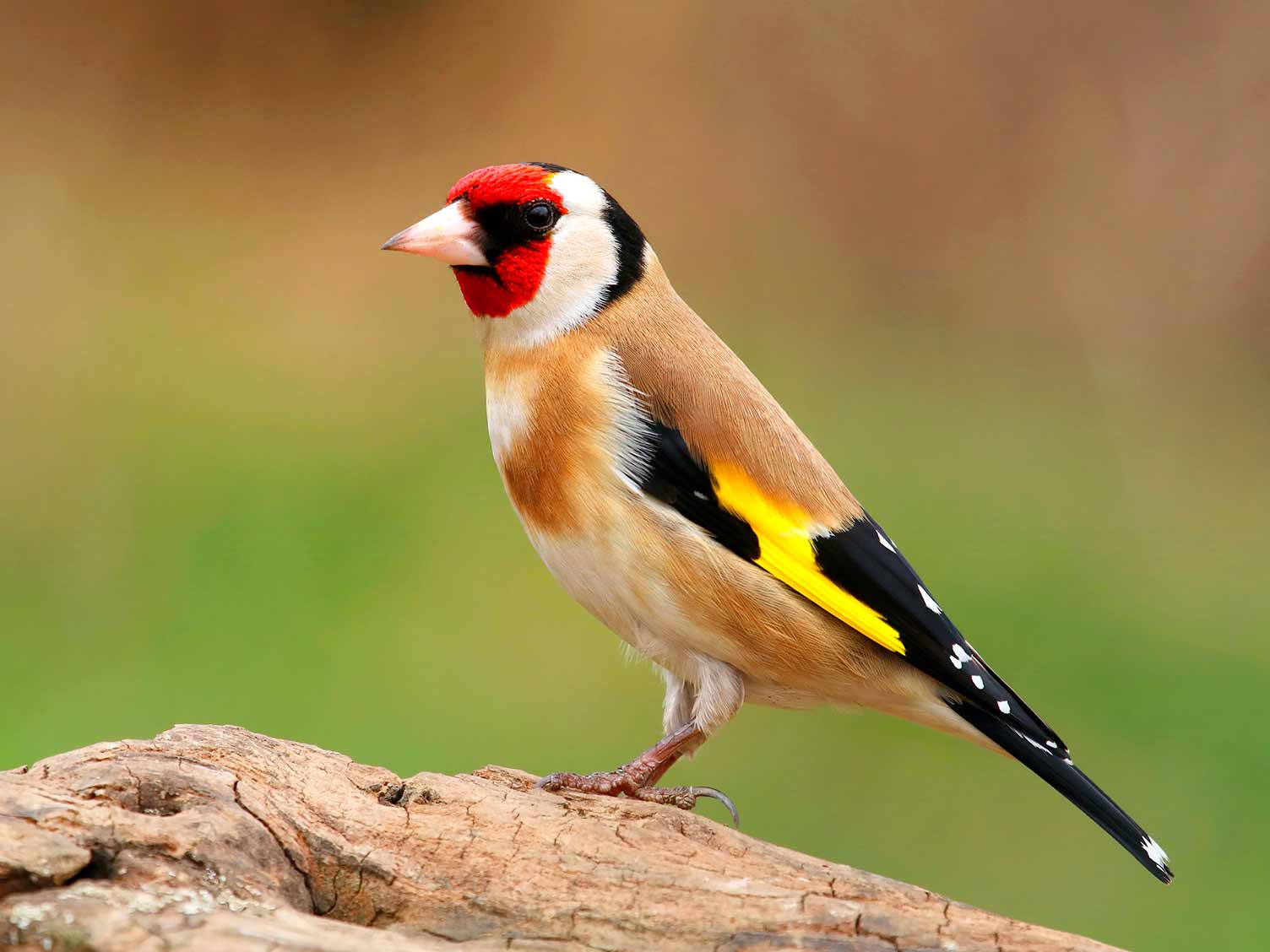
They are making a real comeback in the UK and are now one of our most garden species. Let’s hope we see a few on the new feeder bursting with sunflower hearts.
Look out for Part Two of Miss Langdon’s guide to the Birds of Queenswood in next week’s edition.
